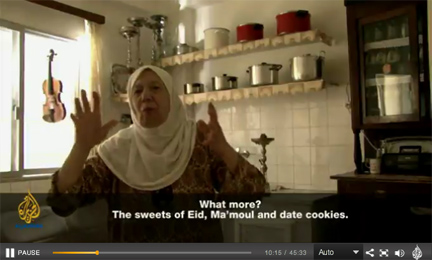
Al Jazeera has posted a wonderful Lebanese film by Mahmoud Kaabour about his grandmother in Beirut. This is well worth watching.

Al Jazeera has posted a wonderful Lebanese film by Mahmoud Kaabour about his grandmother in Beirut. This is well worth watching.
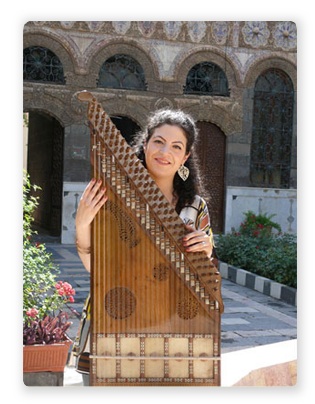
Maya Youssef, Syrian kanun player
Amidst all the strife that the Syrian people have been suffering over the past year, imagine a musical break. Imagine Vivaldi in Syria. Imagine a performance of Vivaldi’s “winter” from his Four Seasons. Imagine this played by the Syrian National Orchestra and accompanied by a kanun. Well, imagine no more. You can listen to Maya Youssef playing this right now. Enjoy.
For more information on Maya Youssef, click here.
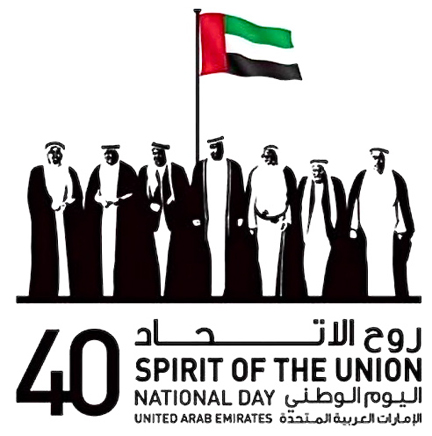
Spirit of the Union (UAE)
by el-Sayed el-Aswad, United Arab Emirates University
Over the past forty years there have been rapid transformations of the United Arab Emirates from rural and tribal communities to modern national states. Such transformations raise critical concerns related to authenticity, heritage, and social memory and identity construction. Heritage, indicating past and authentic lifestyles that people use in the construction of their identity, can be redefined according to a modern significance. Identity refers to the continuity of inherent constituents that last through all the various transformations individuals might undergo. Identity is not a given, but an ongoing activity that people engage in all the time.
In the UAE one observes continuous negotiations over ideas of authenticity, tradition, identity, modernity, leadership, and local-national performances. For example, this year the UAE is celebrating its 40th anniversary in terms of authenticity. The official site of the UAE National Day, “Spirit of the Unionâ€, includes such phrase as “Our Heritage, Our Pride,†“the Union shall forever remain,†and “It is the Spirit of the Union that celebrates our culture and heritage, and yet shapes our future.â€
Tradition is negotiated because it enters into the construction of social identity that is based on the concept of authenticity (aá¹£Äla). For the Emirates, aá¹£Äla (or aṣīl) is a multiple meaning concept that can imply values of rootedness, descent, origin, nobility, honor, self-sufficiency and social status. Authenticity also refers to good manners of people, men and women, defining gender relations. Continue reading Authenticity, Identity and the Spirit of the UAE Union
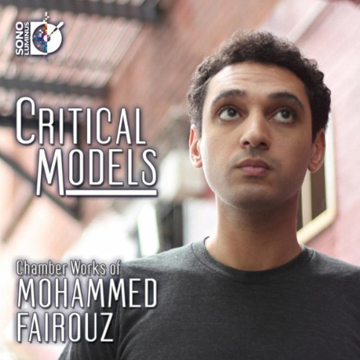
Q2 Music Album of the Week for December 6, 2011 | Free Download of “Four Critical Models: III. Catchword An Oriental Model”
WQXR, Tuesday, December 06, 2011
There’s an embarrassment of riches on Critical Models, the debut solo album by 20-something composer Mohammed Fairouz. And yet the chamber nature of the record’s six pieces lends an unshakable sense of intoxicating intimacy.
A contemporary of Gabriel Kahane and Nico Muhly, Fairouz is a composer with an equally distinguished pedigree (he was one of Ligeti’s last students), but with a different brand of sound that replaces Muhly’s unabashed exuberance for introspective intensity and Kahane’s droll humor for incisive wit. Album opener Litany starts off with a whisper of flute, oboe and clarinet, before opening into a richly woven woodwind tapestry of neoclassical rhythms and unsettling fluid lines. The composition ends palindrome-like on the same subtle note that begins the four-and-a-half–minute work.
Litany sets the tone for an album that is a study in contrasts, full of setting and implied text that forms the basis to many of Fairouz’s works. Title work Four Critical Models careens between Fairouz’s dual identities as American and Middle Eastern, traditional and modern, with distinct references to Edward Said and his brand of orientalist studies (the captivating third movement, An Oriental Model, is most effectively schizophrenic). Continue reading Chamber Works from Mohammed Fairouz

There is an old Tex Ritter song where he imagines going to heaven and hearing the roll call of future Country Western singers. It goes like this:
I met all the stars in hillbilly heaven
Oh what a star-studded nightThen I asked him who else do you expect in the next, uh, say a hundred years? He handed me a large book covered with star dust. Will called it the Big Tally Book. In it were many names and each name was branded in pure gold. I began to read some of them as I turned the pages: Red Foley, Ernest Tubb, Gene Autry, Roy Acuff, Eddy Arnold, Tennessee Ernie, Jimmy Dean, Andy Griffith, Roy Rogers, Kareem Salama
Whaaaatttt???
Kareem Salama? Oh, well, that’s when I woke up, and I’m sorry I did, because
I dreamed I was there in hillbilly heaven
Oh what a beautiful sight…
OK, so the original lyrics did not include Kareem Salama, but if Dolly Parton can rearrange the song, why can’t I? So who is Kareem Salama, you ask? Continue reading Tabsir Redux: Hillbilly Heaven and Muslim Paradise
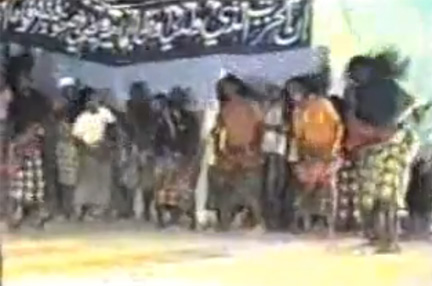
Youtube is a godsend for the folklorist. Here are two videos of traditional dance of the Baggara tribe, east of Tarim, in the Yemeni Hadramawt. My thanks to Dr. Muhammad Gerhoum for pointing these out.
http://www.youtube.com/watch?v=ZeI8Uh8LiHY&feature=related
http://www.youtube.com/watch?v=wu0kCCIFH3k&feature=player_embedded
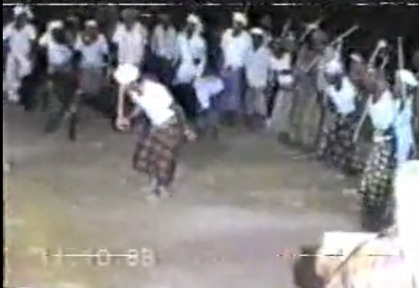
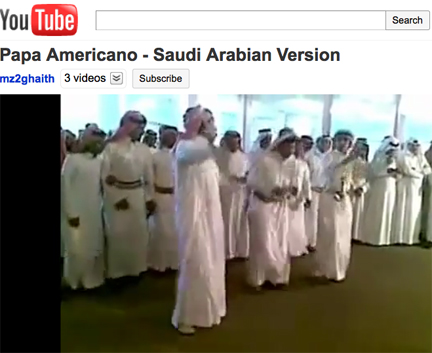
Yes, indeed, Saudis can dance to an American tune. Ah, but who’s their Papa?
Check it out on Youtube: http://www.youtube.com/watch?v=33FDP0o3s1s&feature=youtube_gdata_player
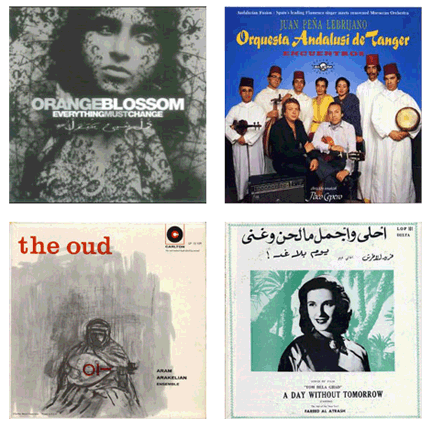
Muslim World Music Day is an online effort to identify and catalog all the recordings of Muslim music in the world. It will remain active as an online resource to make this culturally significant body of work readily available to people around the globe for study and enjoyment.